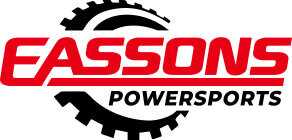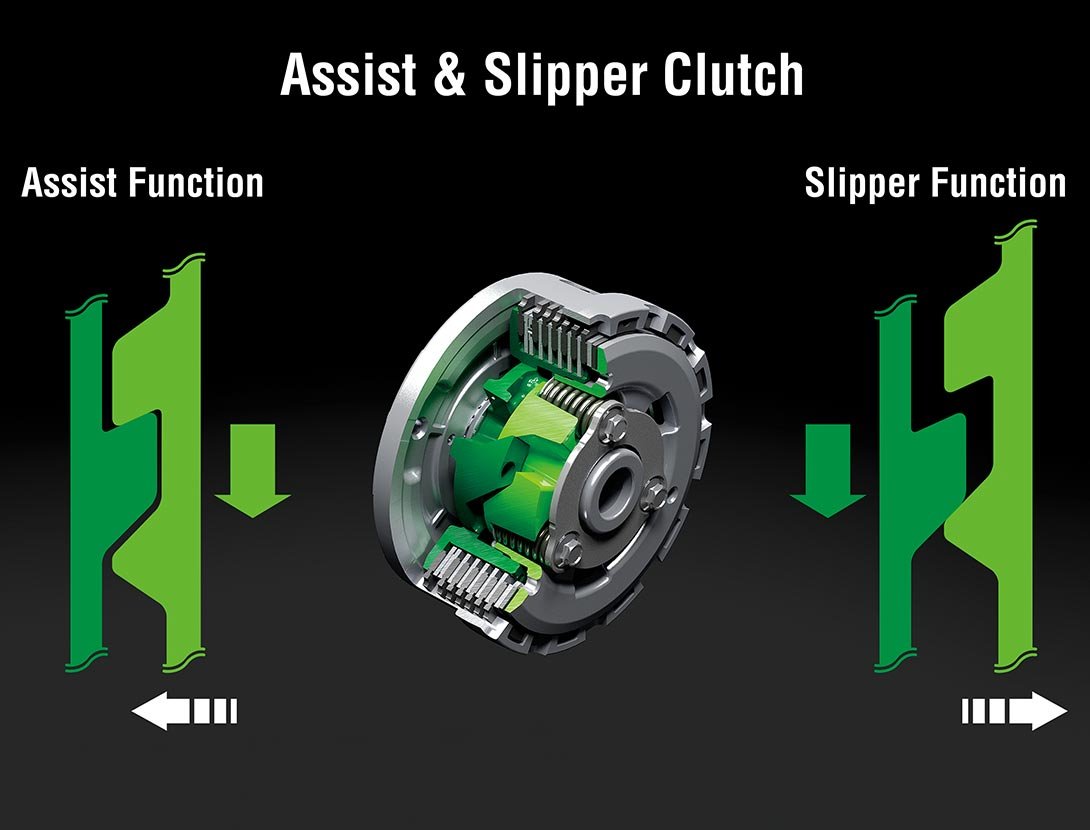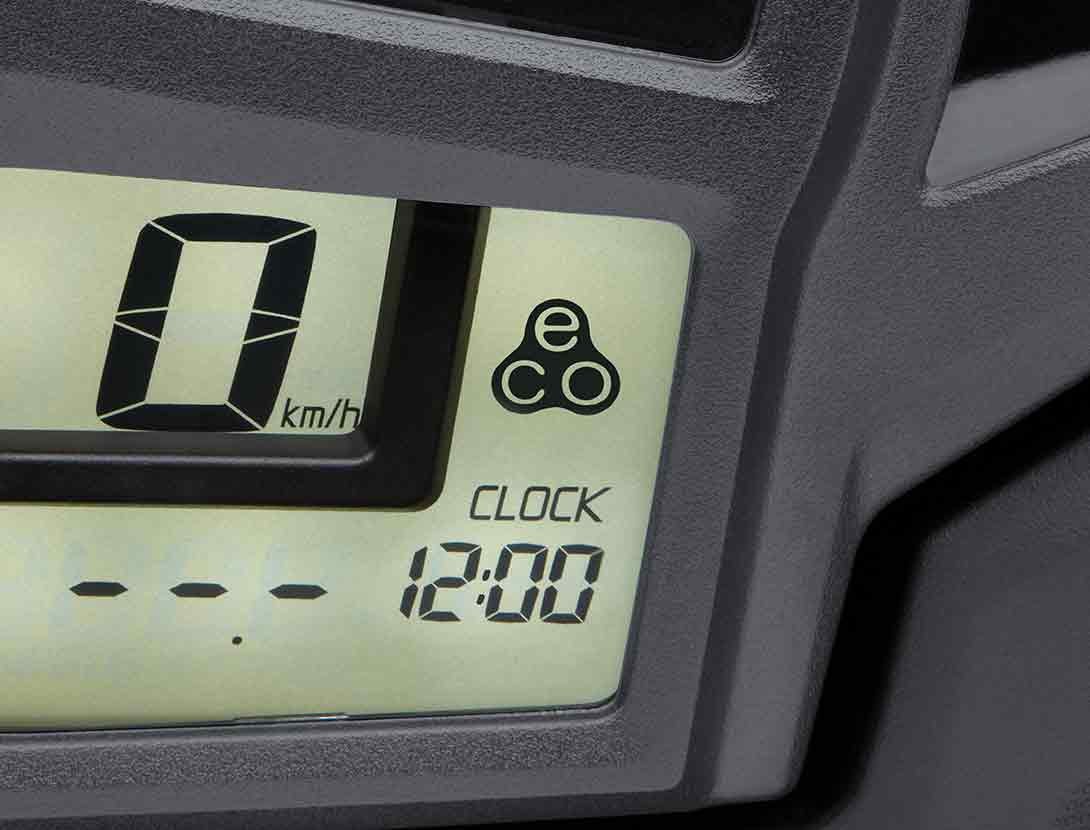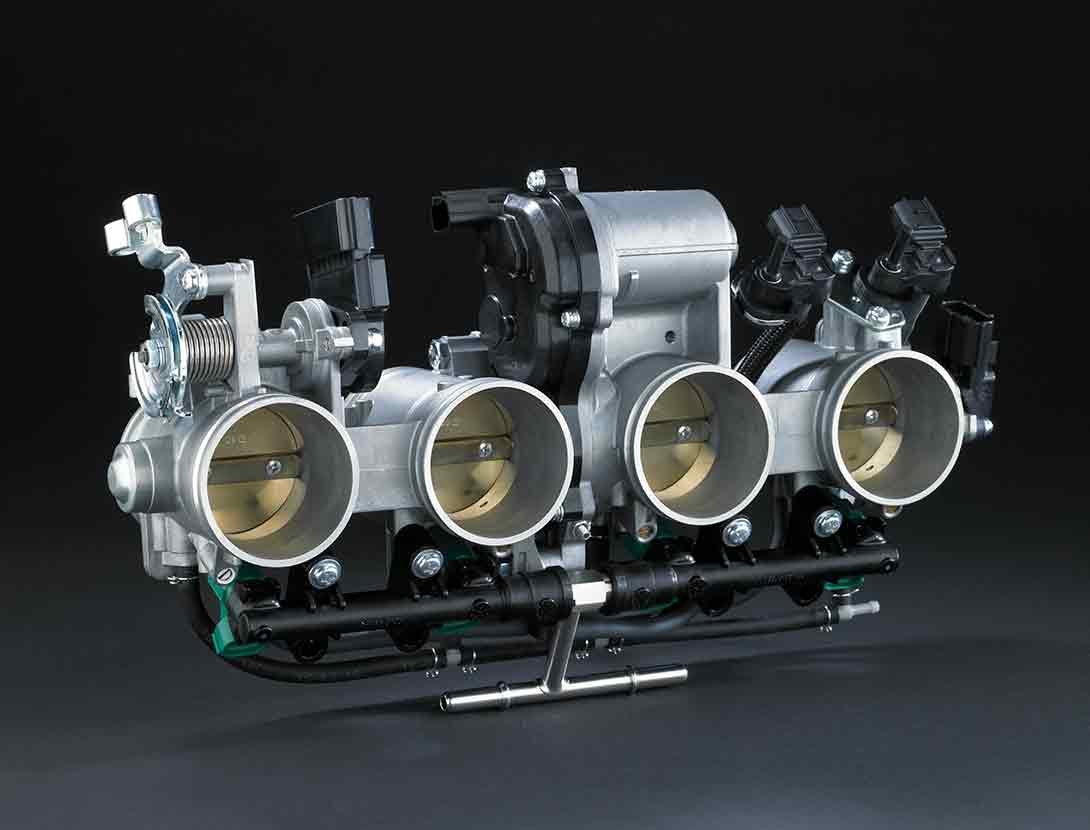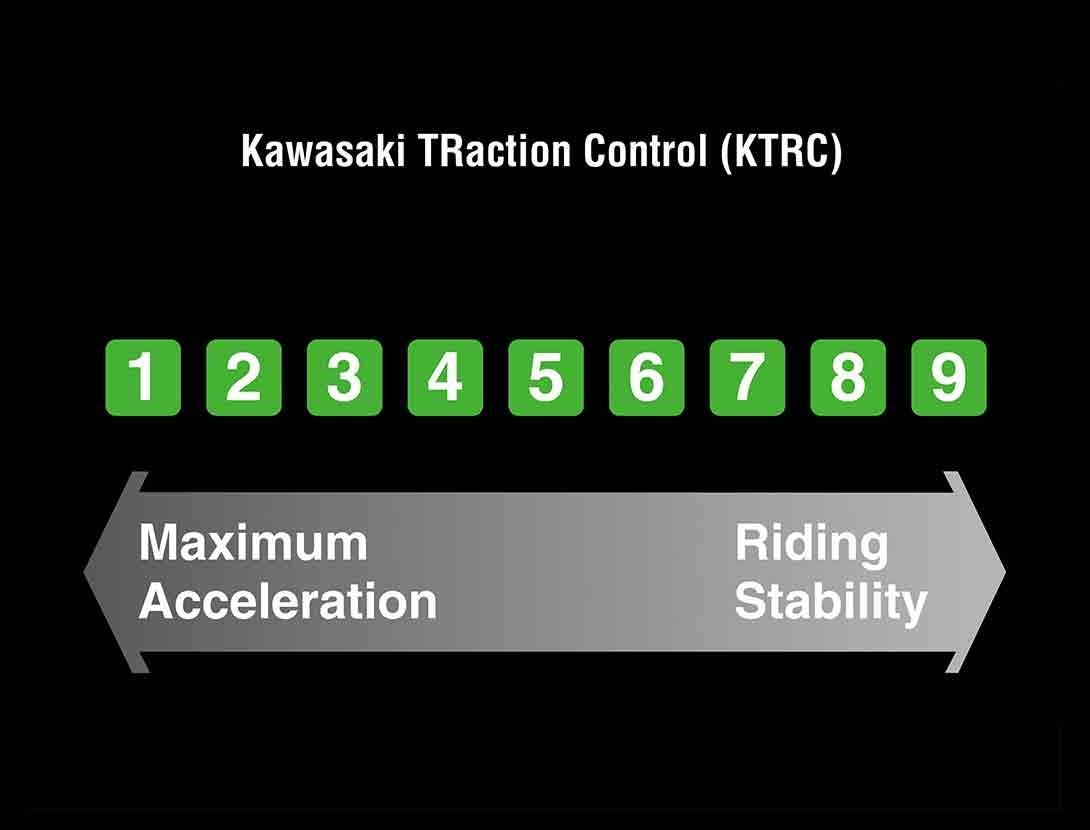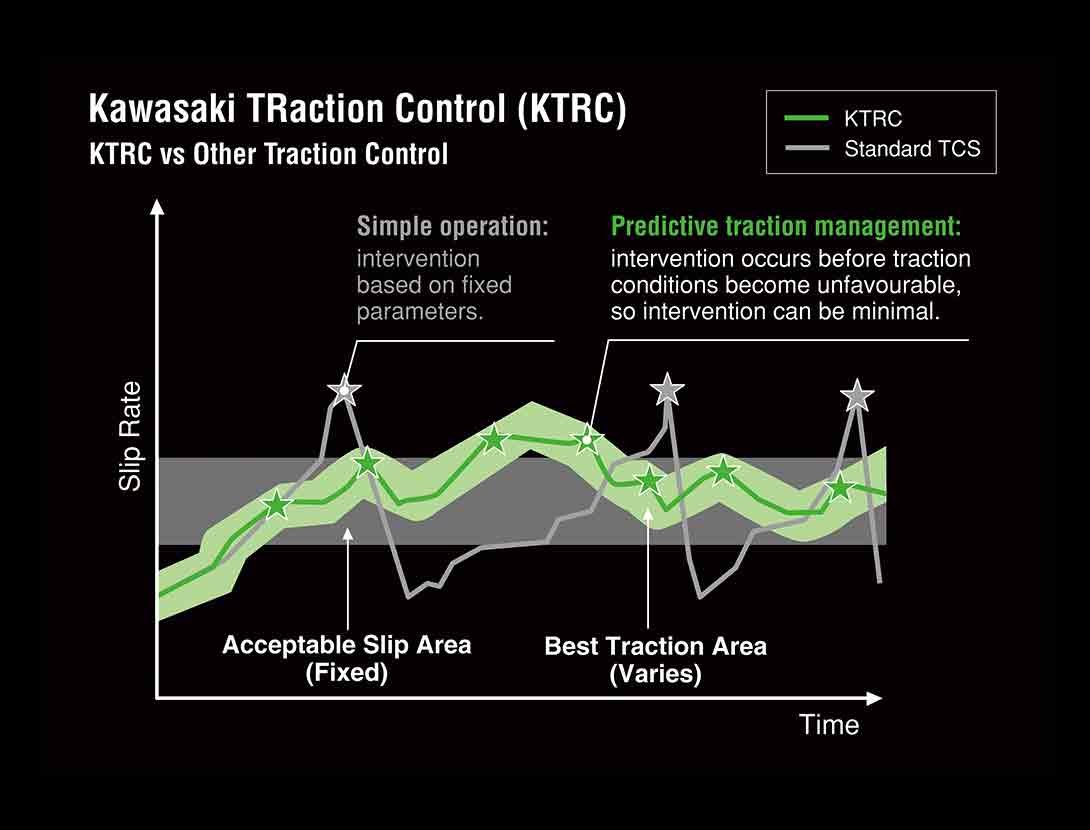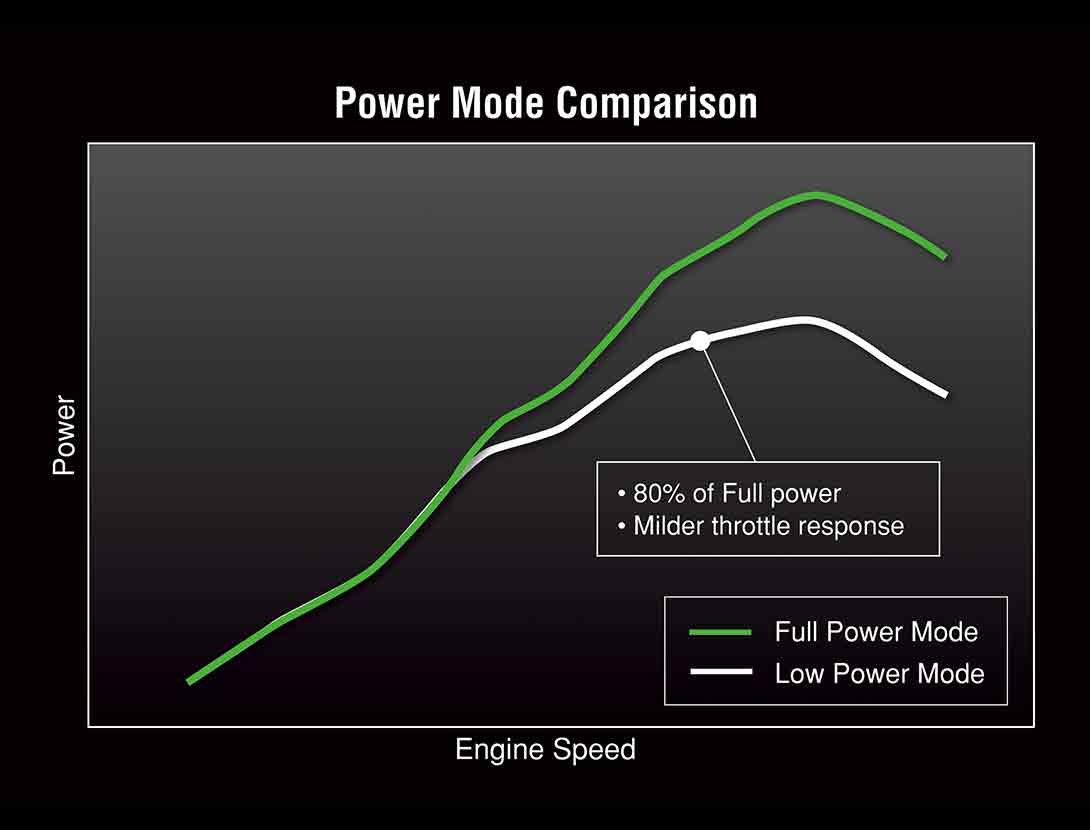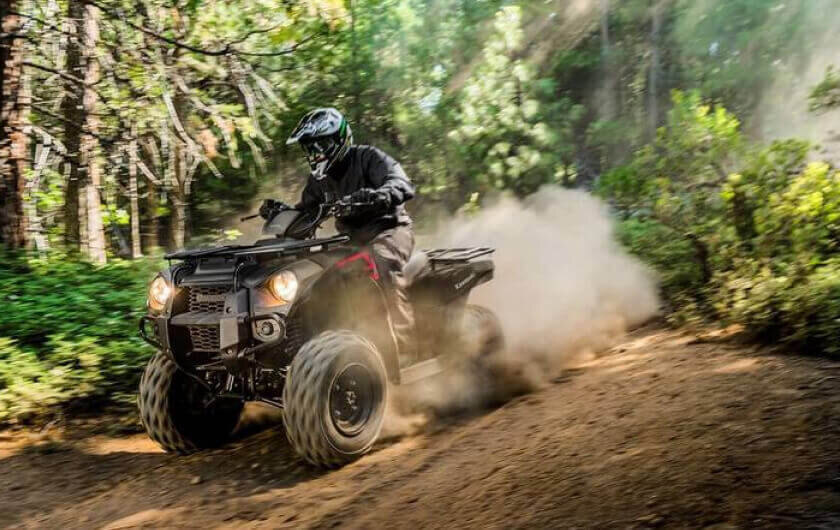- Monday 9:00 a.m - 5:00 p.m
- Tuesday 9:00 a.m - 5:00 p.m
- Wednesday 9:00 a.m - 5:00 p.m
- Thursday 9:00 a.m - 5:00 p.m
- Friday 9:00 a.m - 5:00 p.m
- Saturday 10:00 a.m - 2:00 p.m
- Sunday Closed

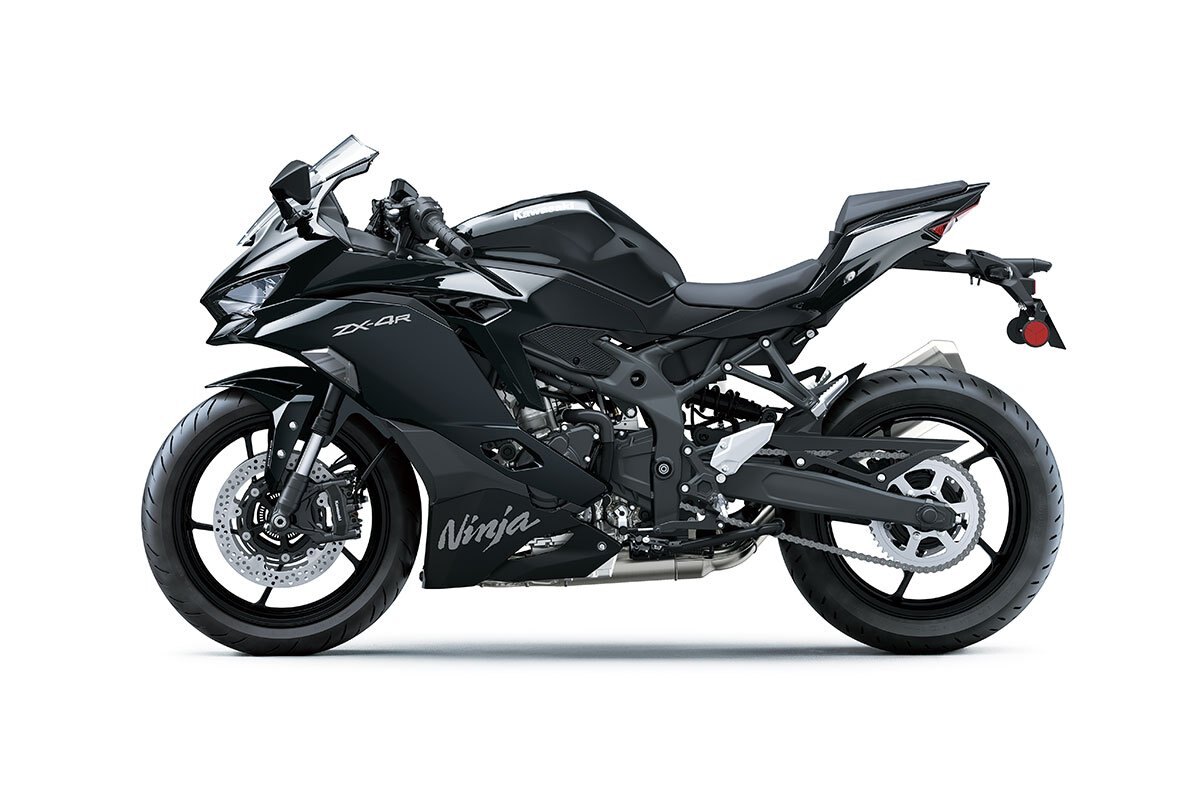


2023 Kawasaki NINJA ZX-4R AWAKEN YOUR SUPERSPORT
FEATURING
|
ADDITIONAL VEHICLE FEATURES
|
ASSIST & SLIPPER CLUTCH
|
ECONOMICAL RIDING INDICATORUsing high-precision electronic control for engine management, Kawasaki models can achieve a high level of fuel efficiency. However, fuel consumption is greatly affected by throttle use, gear selection, and other elements under the rider's control. The Economical Riding Indicator is a function that indicates when current riding conditions are consuming a low amount of fuel. The system continuously monitors fuel consumption, regardless of vehicle speed, engine speed, throttle position and other riding conditions. When fuel consumption is low for a given speed (i.e. fuel efficiency is high), an "ECO" mark appears on the instrument panel's LCD screen. By riding so that the "ECO" mark remains on, fuel consumption can be reduced. While effective vehicle speed and engine speed may vary by model, paying attention to conditions that cause the "ECO" mark to appear can help riders improve their fuel efficiency – a handy way to increase cruising range. Further, keeping fuel consumption low also helps minimize negative impact on the environment.
|
ELECTRONIC THROTTLE VALVES
|
KTRC (KAWASAKI TRACTION CONTROL)
|
POWER MODESModels equipped with multiple Power Modes offer riders an easily selectable choice of engine power delivery to suit riding conditions or preference. In addition to Full Power mode, one (Low) or two (Middle, Low) alternate mode(s) in which maximum power is limited and throttle response is milder are provided. |
